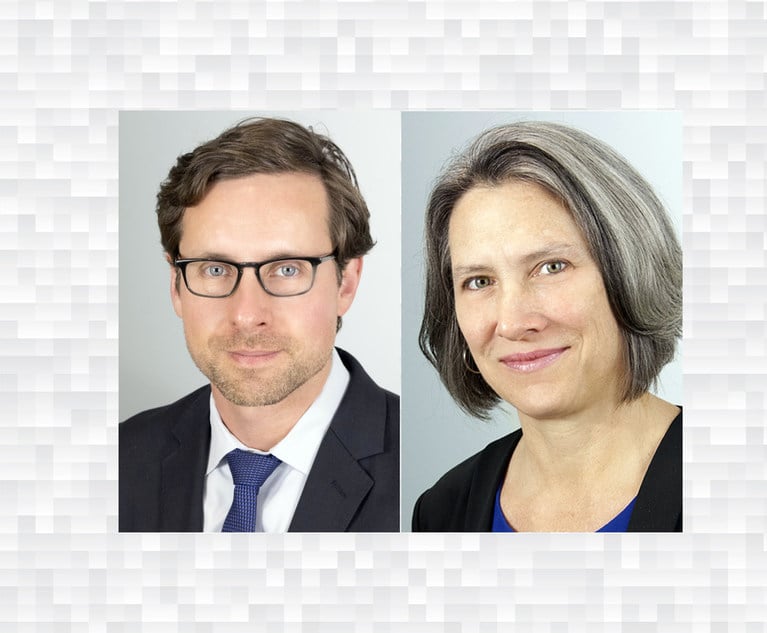Justice Scalia had a profound impact on the development of American law, and he especially had a significant impact on the development of bankruptcy law. Although Justice Scalia did not write many decisions, his methodology of textualism or strict statutory construction has permeated the Supreme Court’s bankruptcy decisions. Justice Scalia’s emphasis on strict statutory construction has been the dominant mode of analysis in the Supreme Court’s bankruptcy decisions. E.g., Patterson v. Shumate, 504 U.S. 753 (1992); Toibb v. Radloff, 501 U.S. 177 (1991); United States v. Ron Pair Enterprises, Inc., 489 U.S. 235 (1989). Justice Scalia’s methodology of strict statutory construction has been embraced by all of the justices of the court, and therefore, a significant portion of the Supreme Court bankruptcy decisions have been unanimous. E.g., Law v. Siegel, 571 U.S. 415 (2014); Hartford Underwriters Ins. Co. v. Union Planters Bank, N.A., 530 U.S. 1 (2000); Nobelman v. American Sav. Bank, 508 U.S. 324 (1993). Justice Scalia’s opinions in Law v. Siegel, 571 U.S. 415 (2014) provides significant insight as to why strict statutory construction is the dominant mode of analysis for bankruptcy issues by the federal courts.
In Law v. Siegel, 571 U.S. 415 (2014) the court had to determine whether a bankruptcy court could utilize Bankruptcy Code Section 105(a) to surcharge a debtor’s exempt assets to pay for administrative expenses incurred as the result of a debtor’s misconduct. In Law, the Debtor listed a second mortgage in his schedules, which resulted in there being no equity in his residence. The Chapter 7 trustee conducted an investigation as to the validity of the second mortgage. The Chapter 7 trustee concluded that the second mortgage was fraudulent. The Chapter 7 trustee commenced an adversary proceeding to avoid the second mortgage. The holder of the second mortgage litigated the validity of the second mortgage and the sale of the residence for over five years. The bankruptcy court concluded that the alleged second mortgage was a fiction meant to preserve the debtor’s equity beyond the exemption that he was entitled to assert. The assertion of the fraudulent second mortgage was a fraud on the court and the creditors. The bankruptcy court determined that the Chapter 7 trustee had incurred over $500,000.00 in legal fees in litigating the validity of the fraudulent second mortgage. The bankruptcy court granted the Chapter 7 trustee’s motion to surcharge the entirety of the debtor’s homestead exemption to enable the Chapter 7 trustee to defray his legal fees. The Bankruptcy Appellate Panel for the Ninth Circuit affirmed the bankruptcy court. The Ninth Circuit Court of Appeals affirmed the Bankruptcy Appellate Panel for the Ninth Circuit.
This content has been archived. It is available through our partners, LexisNexis® and Bloomberg Law.
To view this content, please continue to their sites.
Not a Lexis Subscriber?
Subscribe Now
Not a Bloomberg Law Subscriber?
Subscribe Now
LexisNexis® and Bloomberg Law are third party online distributors of the broad collection of current and archived versions of ALM's legal news publications. LexisNexis® and Bloomberg Law customers are able to access and use ALM's content, including content from the National Law Journal, The American Lawyer, Legaltech News, The New York Law Journal, and Corporate Counsel, as well as other sources of legal information.
For questions call 1-877-256-2472 or contact us at [email protected]


 Carlos J. Cuevas
Carlos J. Cuevas




